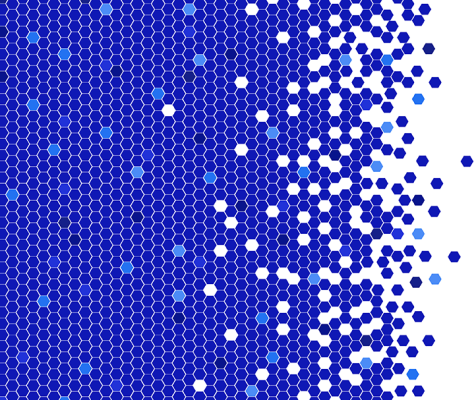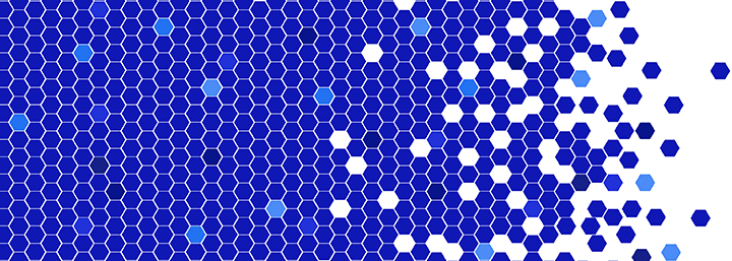The enterprise landscape is evolving. Yesterday, the challenge was integrating hundreds of applications. Today, a new layer is being added: AI agents. From Agentforce Vibes and Box AI to homegrown solutions, every platform and experience is adding an agent.
But this rapid adoption creates a familiar problem: fragmentation. Without a central strategy, we’re heading towards a world of uncontrolled, siloed agents, leading to inconsistent experiences, inefficient workflows, and significant security risks .
This is where MuleSoft Agent Fabric comes in. It’s the natural evolution of MuleSoft’s platform, designed to manage this new agentic transformation by allowing you to orchestrate, manage, govern, and discover all your enterprise agents and tools, just as you do with APIs today. It’s how you build a scalable agentic enterprise.
What is Agent Fabric?
Agent Fabric is a solution that provides a complete toolkit to manage the entire lifecycle of your agentic ecosystem. It’s built on five core components that allow you to register, coordinate, test, govern, and visualize your entire network of agents and tools.
- Agent Registry: This is your centralized catalog for discovering and managing every AI agent across the enterprise. Think of it as Anypoint Exchange, but for your digital workforce.
- Agent Broker: This is the brain of the operation. An intelligent routing service, the Conductor dynamically discovers the right agents from the registry and allows them to work together to complete complex tasks securely and efficiently.
- Agent Governance: This component provides the essential guardrails for AI agent activity. Using policies applied through the Anypoint Flex Gateway, you can enforce security and reliability with features like PII (Personally Identifiable Information) Detection, Prompt Decoration, Rate Limiting, and Spike Control.
- Agent Visualizer: This monitoring dashboard gives you a real-time map of how your agents are interacting and what tools they’re using. It surfaces key performance metrics like confidence scores and transaction times to help you evaluate performance.
A 4-phase approach to managing your agentic enterprise
Agent Fabric’s capabilities are structured around a four-phase lifecycle that brings order to your agent ecosystem.
1. Discover
Before you can manage your agents, you need to know what you have. The discovery phase is about cataloging every agentic asset in your enterprise.
- Tool: Agent Registry
- Function: The registry serves as a central, unified location where developers and agents can dynamically discover and reuse all enterprise agents and tools. This prevents duplication of effort and ensures visibility across the entire organization.
2. Orchestrate
Once agents are discoverable, you need to make them work together to achieve complex business outcomes.
- Tool: Agent Broker
- Function: The broker is a context-aware, intelligent routing service that ensures the right agents are activated at the right time. It continuously discovers and engages the best-fit agents to execute complex processes seamlessly and securely.
3. Govern
To operate safely at scale, you need to apply consistent security and compliance rules to all agent activity.
- Tool: Agent Governance (via Anypoint Flex Gateway)
- Function: This phase provides guardrails around agent activity to ensure security and reliability. You can extend MuleSoft’s high-performance API gateway to secure and manage every agent-to-agent and agent-to-system interaction. You can apply policies for rate limiting, authentication, data masking, and PII compliance checks.
4. Observe
Finally, you need to understand how your agent network is performing to optimize and troubleshoot it.
- Tool: Agent Visualizer
- Function: The visualizer provides a real-time map of your agent network, showing how agents are interacting with each other and with various tools. You can evaluate network performance with key metrics like confidence scores, hallucination risks, and bottleneck detection.
Prerequisites: Gearing up for Agent Fabric
Before you build your first agent network, you need to set up your environment correctly. A little preparation ensures you can start creating quickly and easily. Here’s what you’ll need:
Anypoint Platform prerequisites
- An Anypoint Platform Titanium package
- A tenant relationship with a trusted Salesforce organization
- Managed Flex Gateway with target space entitlements
- An OpenAI instance (either Azure OpenAI or OpenAI Direct API) and login credentials
Anypoint Code Builder (ACB) desktop prerequisites
- Complete the standard setup for the Desktop IDE
- Install the Anypoint Code Builder extension packs.
- Install PowerShell if you’re on a Windows operating system.
- Configure your allowlist to ensure ACB can run properly.
Permissions and access
- Runtime Manager: Manage Servers permission to set up gateways
- Anypoint Code Builder: Anypoint Code Builder Developer and Mule Developer Generative AI User permissions
- Agentforce: Ensure Agentforce is enabled in Access Management
- Anypoint Exchange: Exchange Contributor permission to publish assets
5 steps to build your first agent network
Once your environment is ready, you can start building. The entire lifecycle, from creation to deployment, is handled within Anypoint Code Builder – with powerful assistance from MuleSoft Vibes.
1. Set up your target space and gateways
First, you need a place to deploy your agent network. This involves creating a target space (e.g. a Private Space for CloudHub 2.0) and then setting up the necessary ingress and egress gateways.
You can set up gateways directly from Anypoint Code Builder:
- In ACB, open the Command Palette
- Run the MuleSoft: Set Up Agent Network Gateways command
- Follow the prompts to select your business group, environment, and private space. ACB will automatically create the agent-network-ingress-gw and agent-network-egress-gw for you
2. Create your agent network project
The easiest way to start is by letting the MuleSoft Vibes help you.
- Click the agent icon in the ACB activity bar and describe the network you want to build. For example: “Create a new agent network project called ‘Employee Onboarding.’ Add Workday agent and Salesforce agent.”
Alternatively, you can create it manually:
- In ACB, select Create an Agent Network under Quick Actions or run the command from the palette.
- Enter a project name and select a location.
- Anypoint Code Builder will scaffold the project, creating the agent-network.yaml and exchange.json files for you.
3. Define your agent network specification
Now, configure the agent-network.yaml and exchange.json files to meet your business needs. Again, the MuleSoft Vibes can assist you here with prompts like, “Help me build an agent network configuration for my Employee Onboarding project”.
If you have existing agents or tools in Anypoint Exchange, you can add them as dependencies to your project using the MuleSoft: Add Exchange Assets to Agent Network Project command.
4. Publish your assets to Anypoint Exchange
Once your specification is defined, you can build and publish your project. This creates an asset in Exchange for each broker, agent, and MCP server in your network.
- With MuleSoft Vibes: Simply ask it to “Publish my Employee Onboarding project.”
- Manually: Right-click a project file and select Publish Agent Network Assets. You’ll be prompted to enter a version before publishing
Step 5: Deploy your agent network Instance
The final step is to deploy your agent network to the target space you configured in Step 1. The ingress Flex Gateway secures access, and the egress gateway manages connections to your components.
- With MuleSoft Vibes: Use a prompt like, “Deploy my agent network project to the production environment.”
- Manually: Right-click a project file and select Deploy Agent Network. Specify the environment, target space, and gateways to complete the deployment
Building an agentic enterprise with MuleSoft Agent Fabric
The proliferation of AI agents is happening now. MuleSoft Agent Fabric provides the essential framework to bring order to this complexity. By offering tools for discovery, orchestration, governance, and observation, Agent Fabric empowers you to move beyond siloed bots and build a truly cohesive, secure, and scalable agentic enterprise. The journey starts with your first agent network.









